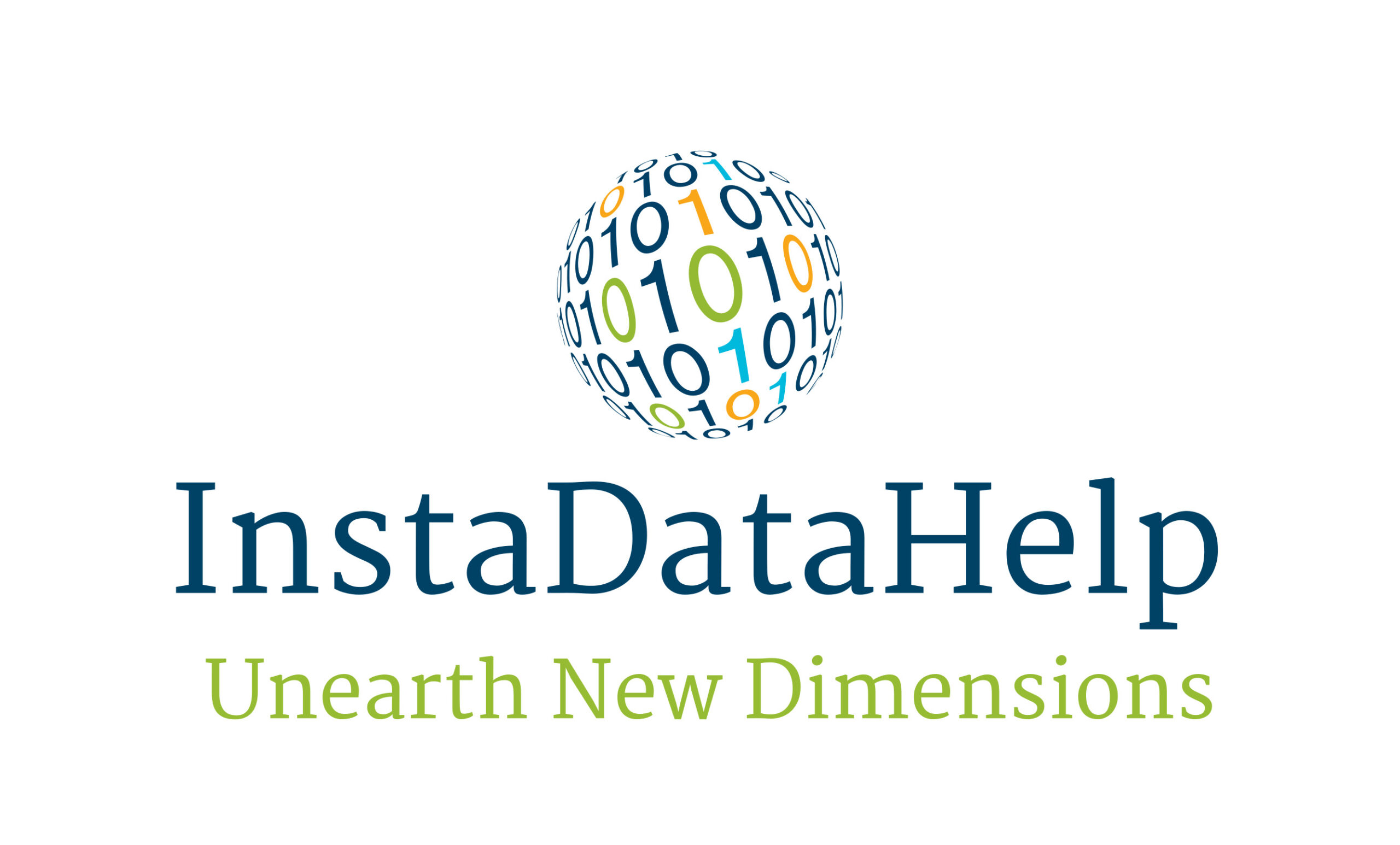Title: How the Internet of Robotic Things is Revolutionizing Industries
Introduction
The Internet of Things (IoT) has already transformed various industries by connecting everyday objects to the internet, enabling them to collect and exchange data. However, the next phase of this technological revolution is the Internet of Robotic Things (IoRT), which combines IoT with robotics. IoRT is poised to revolutionize industries by integrating intelligent robots into the existing IoT infrastructure. This article explores the concept of IoRT and its potential to transform industries across the globe.
Understanding the Internet of Robotic Things (IoRT)
The Internet of Robotic Things refers to the network of intelligent robots connected to the internet, enabling them to communicate, share data, and collaborate with other devices and systems. These robots are equipped with sensors, actuators, and artificial intelligence (AI) capabilities, allowing them to perform complex tasks autonomously or in collaboration with humans.
IoRT leverages the power of IoT by connecting robots to cloud-based platforms, enabling them to access vast amounts of data and leverage advanced analytics. This connectivity allows robots to learn from their experiences, adapt to changing environments, and make informed decisions in real-time.
Revolutionizing Industries with IoRT
1. Manufacturing Industry:
IoRT is already transforming the manufacturing industry by automating various processes and enhancing productivity. Robots equipped with IoT capabilities can monitor and analyze production lines, identify bottlenecks, and optimize workflows. They can also communicate with other machines, enabling seamless coordination and synchronization. This results in increased efficiency, reduced downtime, and improved overall product quality.
2. Healthcare Industry:
IoRT has immense potential in the healthcare sector, where robots can assist in patient care, surgery, and diagnostics. Connected robots can collect patient data, monitor vital signs, and provide real-time feedback to healthcare professionals. They can also perform complex surgeries with precision, reducing the risk of human error. Additionally, IoRT can facilitate telemedicine, allowing doctors to remotely diagnose and treat patients, especially in remote areas.
3. Agriculture Industry:
The agricultural sector can benefit significantly from IoRT. Robots equipped with IoT capabilities can monitor crop health, soil conditions, and weather patterns, optimizing irrigation and fertilization processes. They can also automate harvesting, reducing labor costs and increasing efficiency. Furthermore, IoRT can enable autonomous drones for crop surveillance, pest control, and precision farming, leading to higher yields and sustainable agriculture practices.
4. Logistics and Warehousing:
IoRT can revolutionize the logistics and warehousing industry by automating inventory management, order fulfillment, and transportation. Robots connected to IoT networks can track inventory levels, locate products, and optimize storage space. They can also collaborate with other robots and systems to streamline order picking and packing processes. This results in faster delivery times, reduced errors, and improved customer satisfaction.
5. Energy and Utilities:
IoRT can enhance the efficiency and safety of energy and utility operations. Connected robots can monitor power grids, detect faults, and perform maintenance tasks. They can also collect data on energy consumption patterns, enabling better energy management and conservation. Additionally, IoRT can facilitate the deployment of autonomous drones for inspecting and maintaining infrastructure, reducing risks for human workers.
Challenges and Considerations
While IoRT offers numerous benefits, there are several challenges and considerations that need to be addressed. Security and privacy concerns are paramount, as connected robots can become potential targets for cyberattacks. Additionally, ethical considerations regarding the use of robots in certain industries, such as healthcare and transportation, need to be carefully evaluated. Moreover, the potential displacement of human workers due to automation requires proactive measures to ensure a smooth transition.
Conclusion
The Internet of Robotic Things (IoRT) represents the next phase of the IoT revolution, combining robotics with connectivity and intelligence. By integrating intelligent robots into various industries, IoRT has the potential to revolutionize manufacturing, healthcare, agriculture, logistics, energy, and utilities. However, addressing security, privacy, ethical, and societal concerns is crucial to ensure a responsible and sustainable implementation of IoRT. As this technology continues to evolve, it will undoubtedly reshape industries, leading to increased efficiency, productivity, and innovation.


Recent Comments